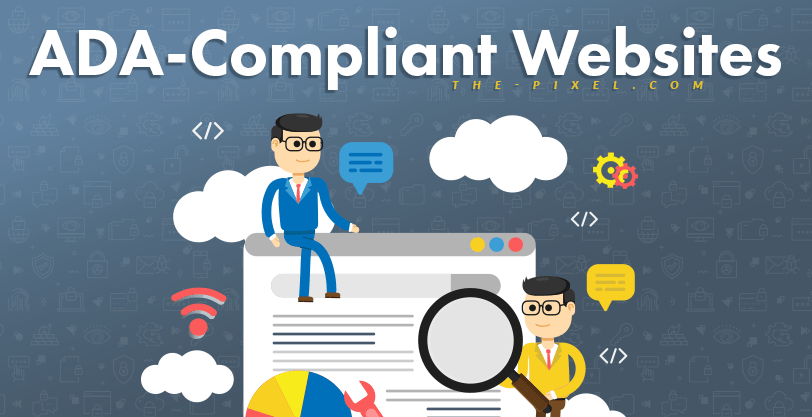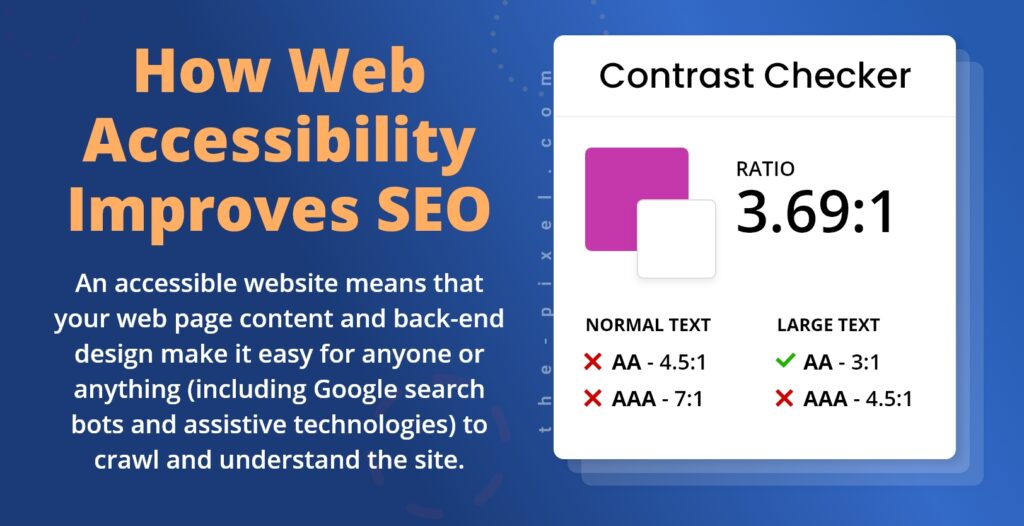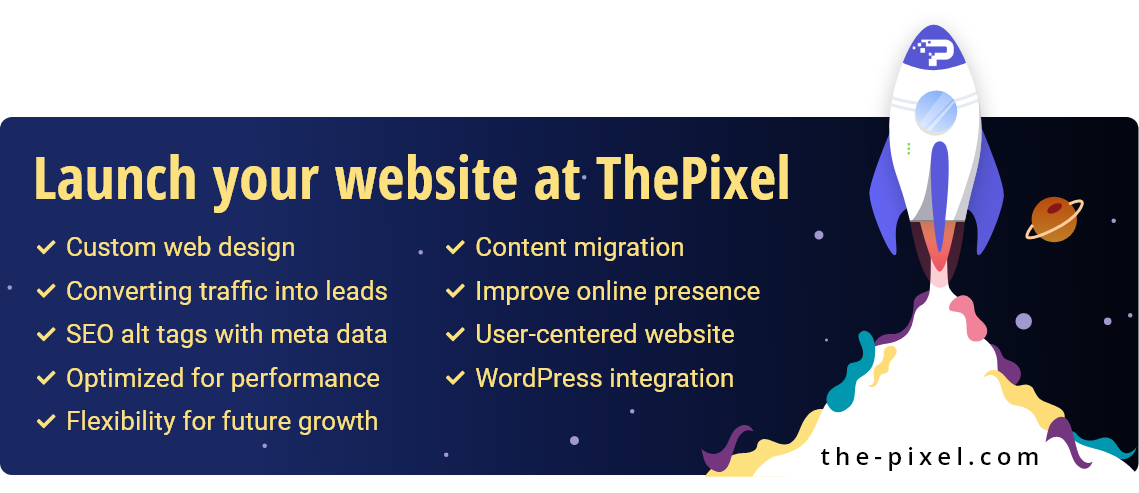Website Accessibility Known as 508 Compliance
Website Accessibility Known as 508 Compliance
Your Websites 508 Compliance also referred to as Website Accessibility
Section 508 is part of the Rehabilitation Act of 1973 and it requires that all federal agencies create web content that’s accessible and usable for all employees and the public that have disabilities. It’s been through many refreshes over the years to attempt to be more in line with technology advancements, like websites and apps, and has recently gone through another refresh.
Revised 508 Standards
Even if your organization isn’t a federal agency, it doesn’t mean you’re completely safe. Some sites may be required to be accessible through state laws, institutional laws, grant requirements, and Section 504 of the Rehabilitation Act of 1973 (including agencies that receive federal funding or assistance). The refresh and other requirements are meant to better connect accessibility with modern technology.
Because modern technology is constantly changing, a final rule was published by the Access Board to update standards for information and communication technology that’s covered by Section 508.
The refresh is currently in effect and was just modified on March 23, 2018. It brings US standards to be in line with international standards and makes technology more accessible to all users. The revisions include:
- focus on functionality
- industry alignment
- content accessibility
- synchronized tool and text
- expanded marketplace
Who should meet the revised standards?
Even if your organization isn’t legally required to meet certain standards, it’s still a best practice and creates equal opportunity for all users to access your goods and services. The Americans with Disabilities Act (ADA) guidelines are a great place to start in making your website accessible. The Department of Justice considered using WCAG 2.0 level AA as a standard across the board for websites and web content, but in a call to the DOJ a few weeks ago, they stated that there wasn’t a current standard and there weren’t any plans for one in the near future.
If your organization isn’t a federal agency, it doesn’t mean you’re completely safe. Some sites may be required to be accessible through state laws, institutional laws, grant requirements, and Section 504 of the Rehabilitation Act of 1973 (including agencies that receive federal funding or assistance). The refresh and other requirements are meant to better connect accessibility with modern technology.

Changes to ADA Website Compliance in 2018
When Section 508 of the Rehabilitation Act of 1973 was originally created, evolving technologies weren’t really taken into consideration. Websites, documents, and software programs that met Section 508 standards could still have issues for disabled government employees and the public alike. Therefore, revisions were made and all federal agencies, as well as contractors, must abide by the updated 508 standards as of January 18, 2018 – that includes ensuring website 508 compliance.
Just as Section 508 of the Rehabilitation Act was out of date, the original version of the Website Content Accessibility Guidelines (WCAG 1.0), was published as a World Wide Web Consortium (W3C) recommendation in 1999. The last updated version was released in 2008 as WCAG 2.0. Since 2008, web-connected technologies, mobile devices, and tablets are used a lot more frequently and the new WCAG 2.1 will better regulate these items, attempting to keep discrimination towards individuals with disabilities at bay. Currently, WCAG 2.1 is still a working draft and the final version is set to be released in the middle of 2018.

Does my website need to meet these regulations?
If you are a business that exists to benefit the public, a local or state government agency, or are a private employer with 15 or more employees, you should be compliant with the ADA regulations. A good rule of thumb to follow is that if your physical location requires ADA compliance, chances are you’ll want to protect yourself by assuming your web presence does as well. And, a better rule of thumb to follow, whether you’re legally required to or not, abiding by these regulations creates a fair online experience for all users – disabled or not. For all other organizations, the law, as it stands, is a little bit unclear, so to be sure to avoid being dragged through an annoying lawsuit, it’s best for all commercial websites to meet these regulations.
It’s much easier to build a website with 508 compliance than it is to keep it compliant. If you’re an organization that has different people updating your website, they should at least go through a brief primer or a course on 508 compliance. Otherwise, some strict governance around your website management is recommended to make sure your 508 compliance doesn’t get invalidated. Something as simple as updating a graphic or adding an image into a website and forgetting to put in something simple like an alt tag would negate your 508 compliance
Hire ThePixel to build your next website!
Since our founding in 2008, we’ve created and launched many types of business websites. Over the last decade and we’ve learned a thing or two! That’s why we’re masters of our craft, let us help you build the website of your dreams – one that generates traffic, leads and conversions.
Are you ready to start? If yes, contact ThePixel and one of our representatives will guide you through the website phases and how the process works either by a Zoom Meeting or phone.


